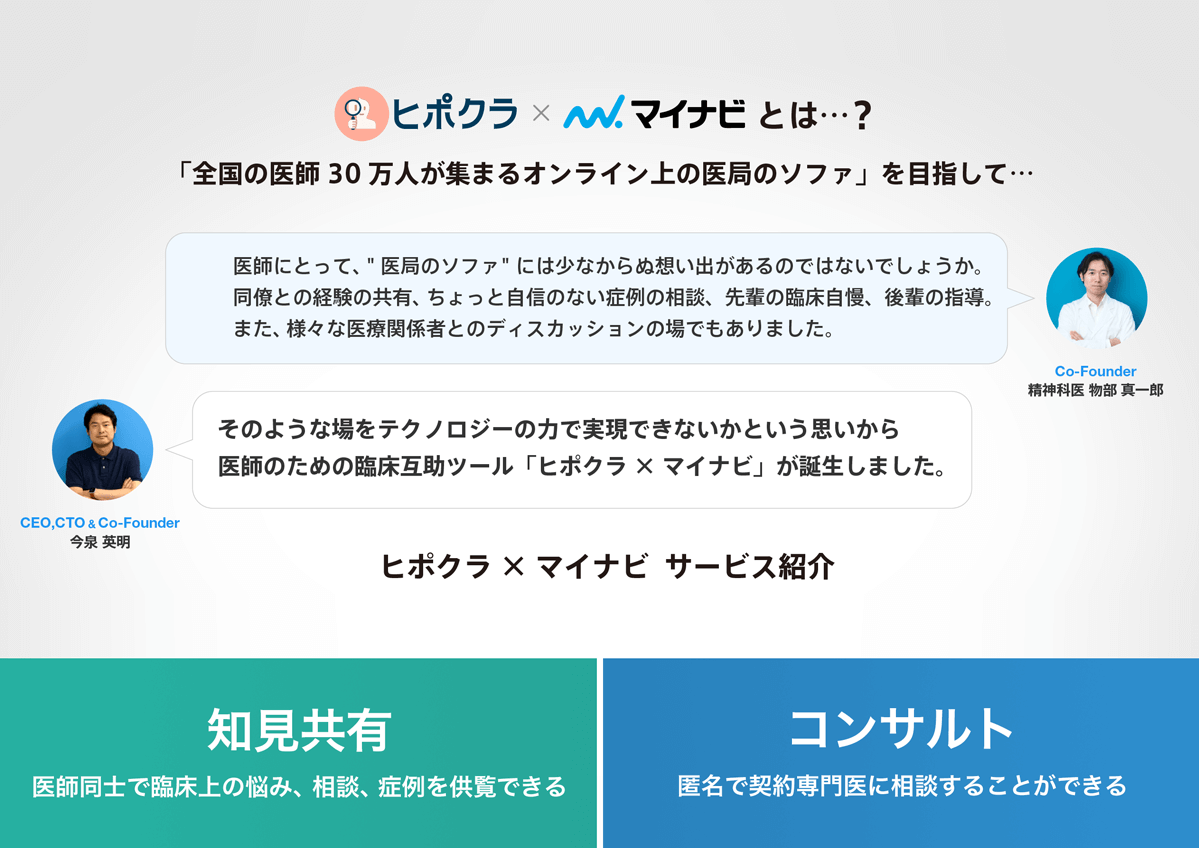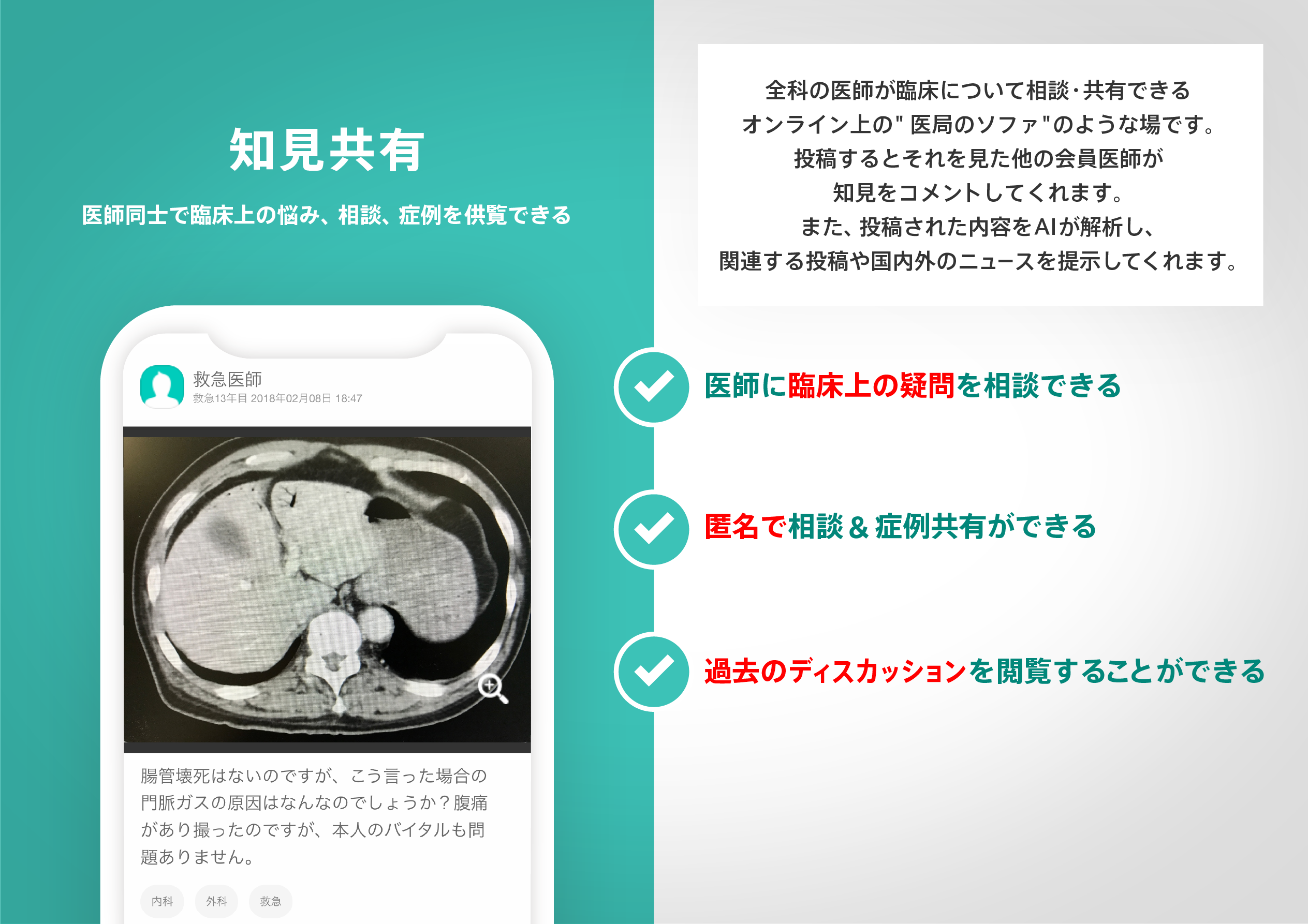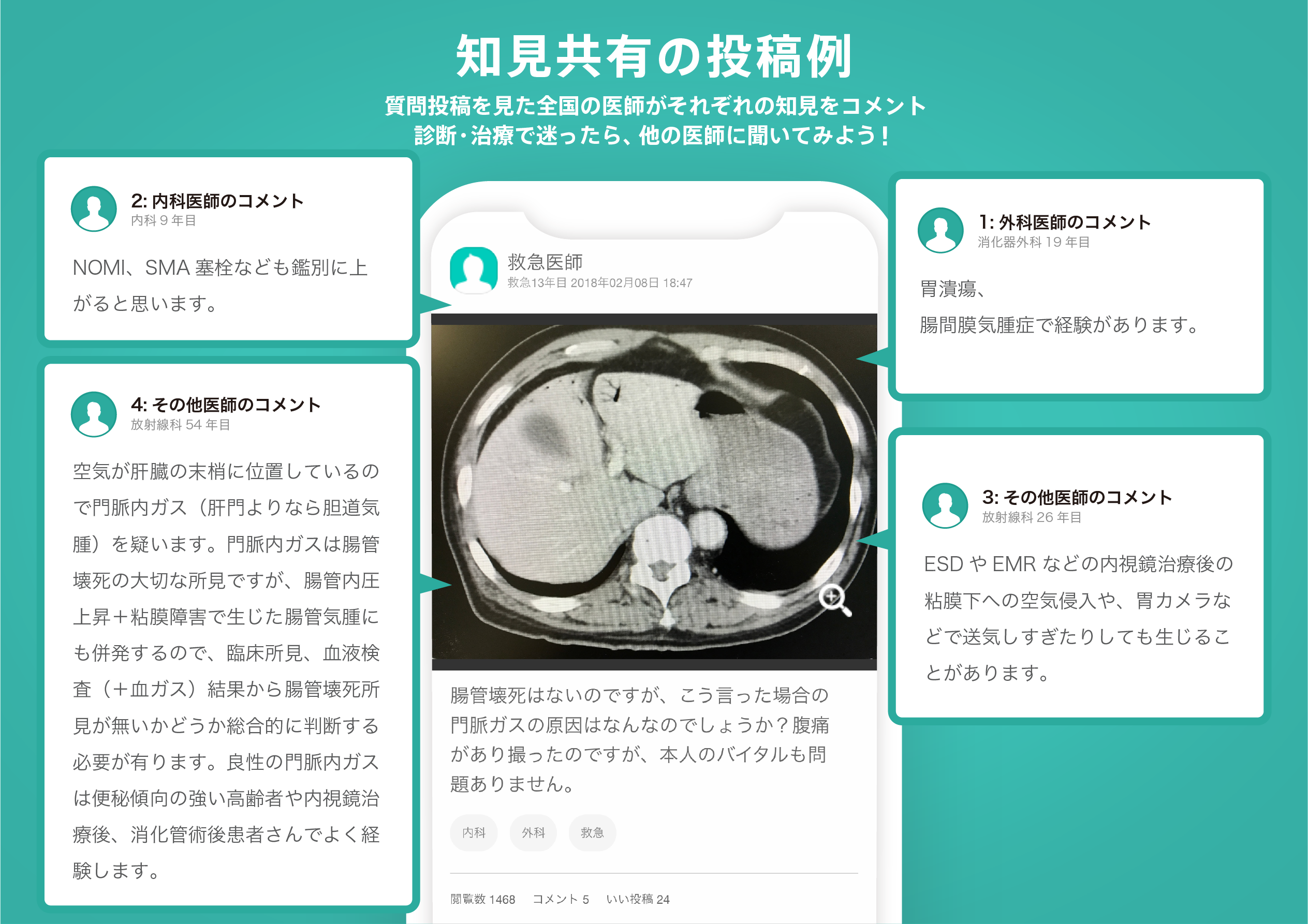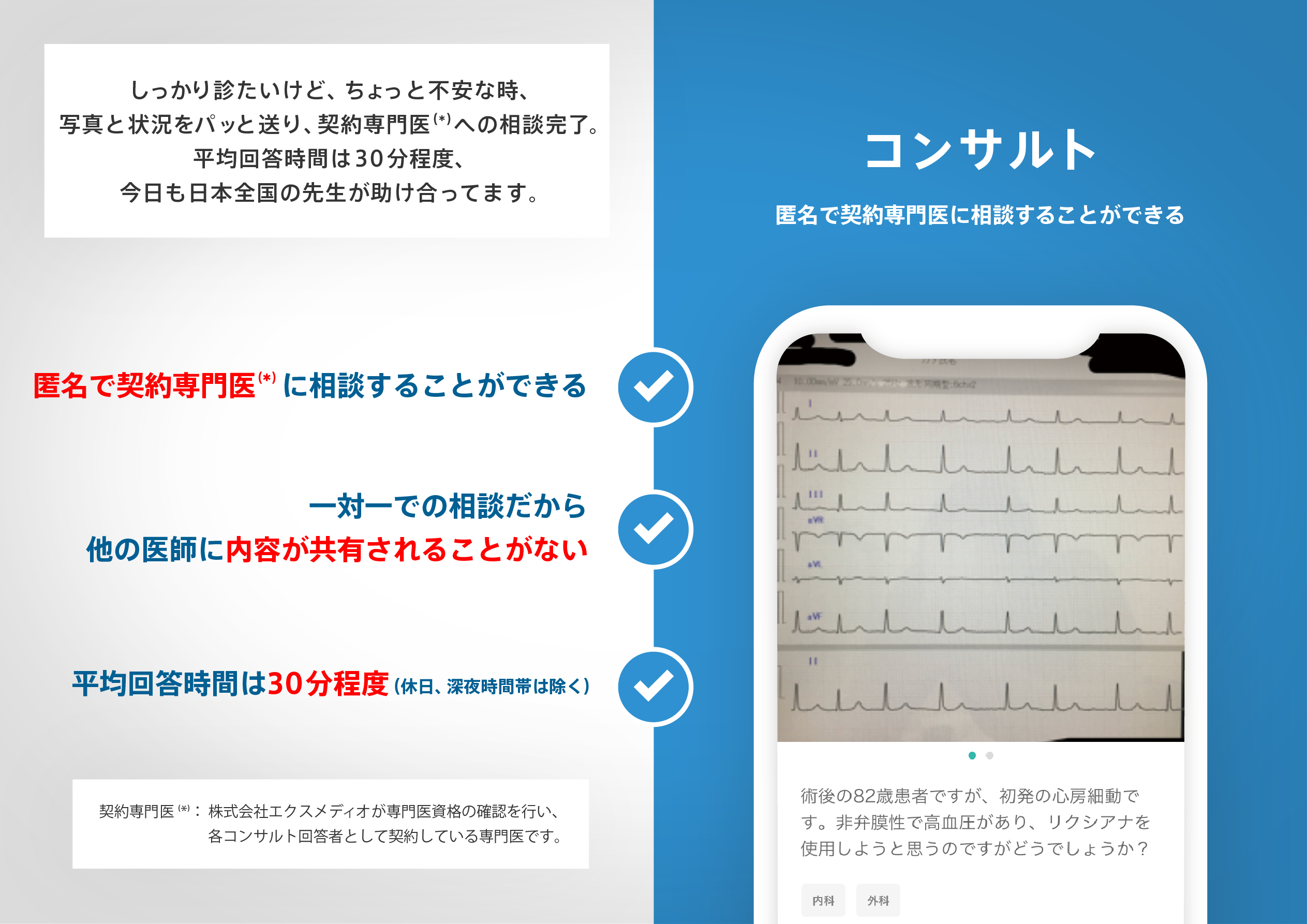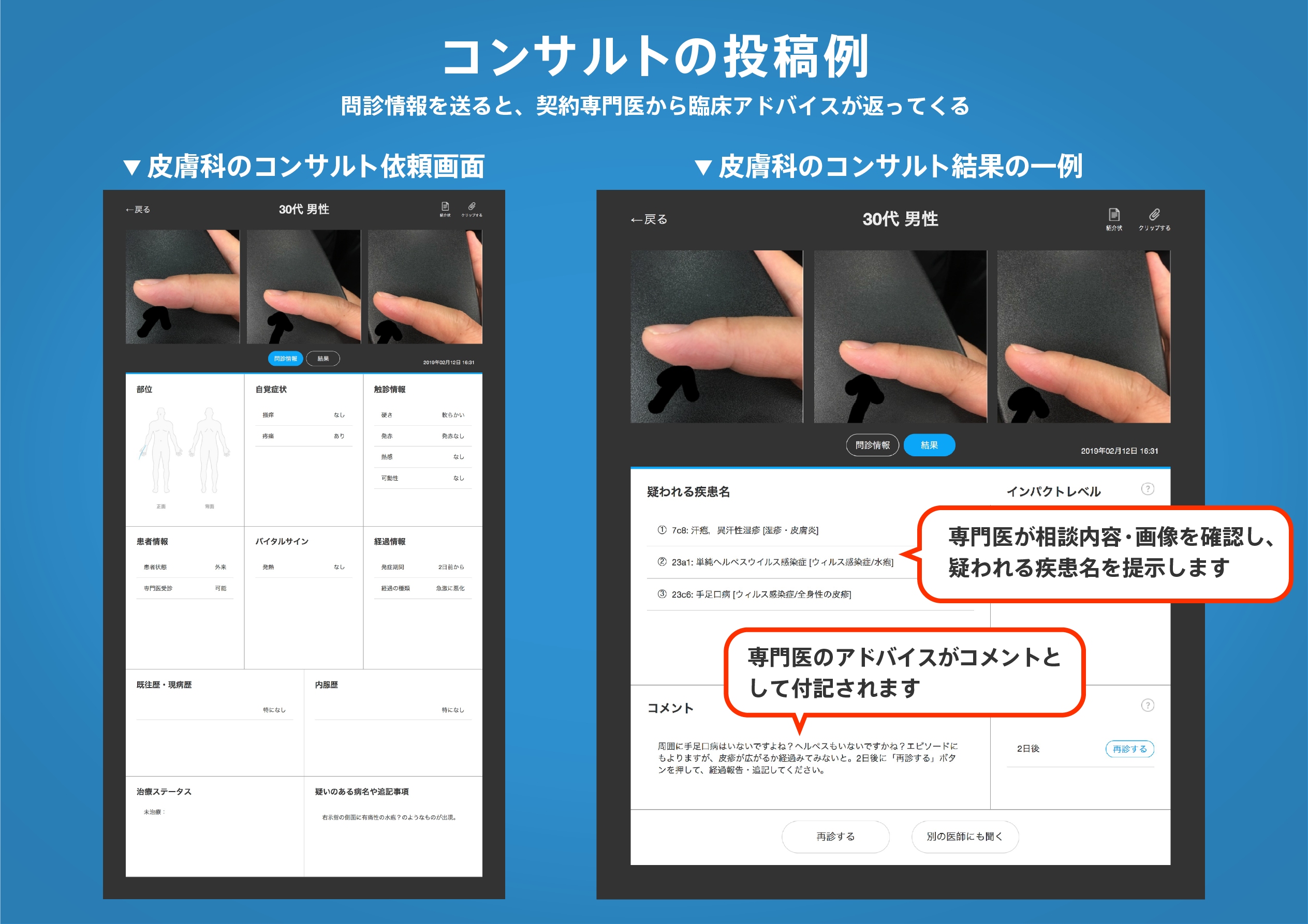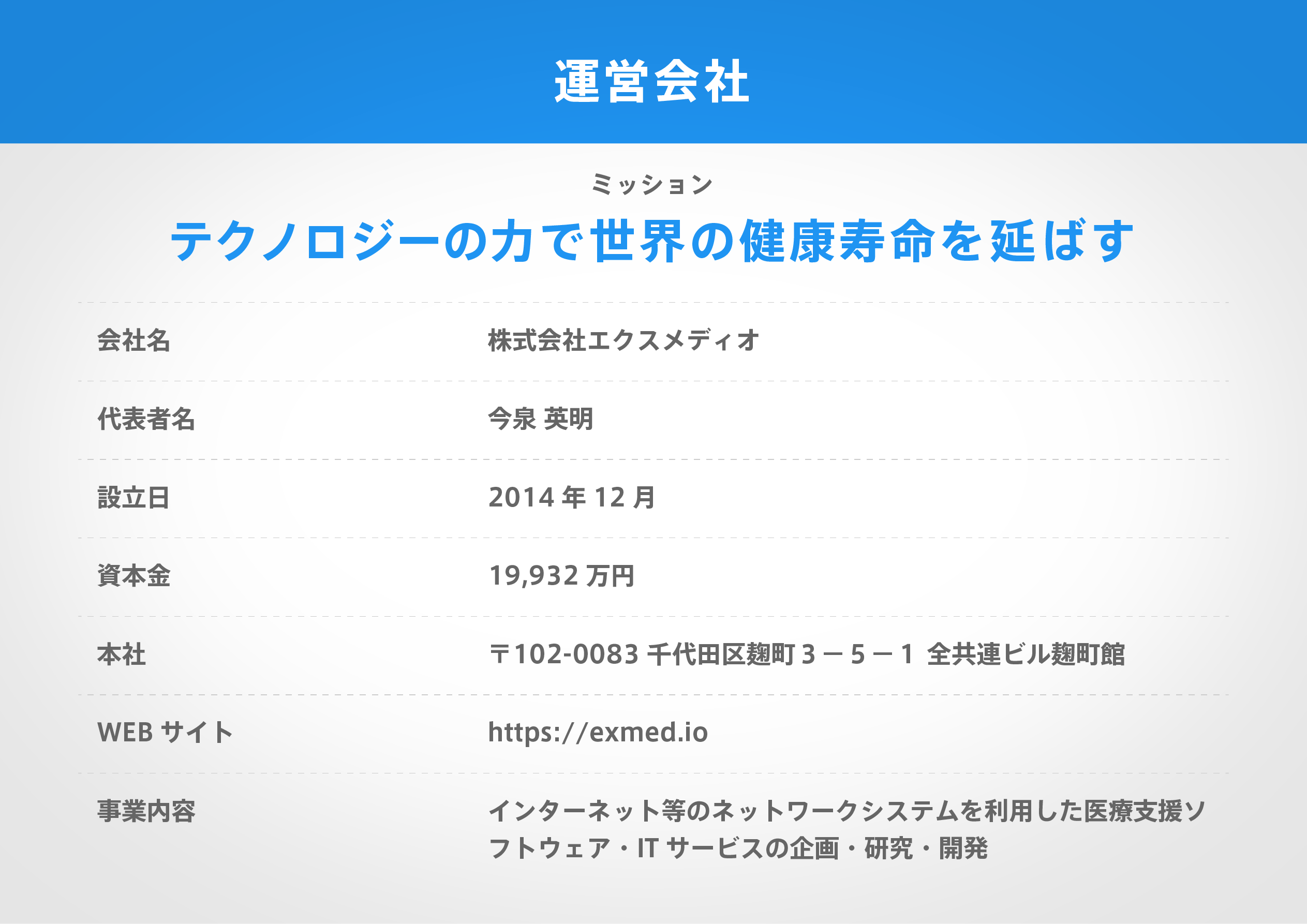著名医師による解説が無料で読めます
すると翻訳の精度が向上します
野生のチンパンジーは、食事のニーズを満たし、幸福を維持するためにさまざまな植物を消費します。一部の植物は明らかな価値を持っていますが、他の植物は栄養的に貧弱であり、/または摂取を高価にする生物活性毒素を含んでいます。場合によっては、これらの栄養不足の資源は薬用であると推測されており、個人が病気と戦うのを助けると考えられています。この研究では、ウガンダのブドンゴの森に住んでいる2つの習慣的なチンパンジーコミュニティを観察し、推定上の自己メディケーション行動(例えば、樹皮の摂食、枯れ木食、髄づけ)またはイベントに関連する17の植物サンプルを収集しました。消費者が寄生虫負荷、異常な尿検査、または損傷を上昇させたとき)。合計で、13種(9本の木と4つの草本植物)から植物部品を選択しました。N-ヘキサン、酢酸エチル、およびメタノール/水(9/1、V/V)を使用して、各サンプルから3つの抽出物が生成され、抗菌および抗炎症性のin vitroモデルを導入しました。抽出物は、エスカペ株やシクロオキシゲナーゼ-2(COX-2)阻害活性を含む細菌の多剤耐性臨床分離株のパネルに対する成長阻害について評価されました。薬理学的結果は、Budongo Chimpanzeesが強力な薬用特性を持ついくつかの種を消費することを示唆しています。抗菌ライブラリスクリーンでは、53個の抽出物(88%)のうち45個が256μg/mLの濃度で40%以上の阻害を示しました。これらの活性抽出物のうち、41(91%)は、その後の用量反応抗菌実験で≤256μg/mLで活性を示しました。最も強い抗菌活性は、黄色ブドウ球菌(IC50:16μg/ml; MIC:32μg/ml)および腸球菌糞便(IC50:16μg/mL; MIC:> 25666 µg566)に対するAlstonia Boonei Dead WoodのN-ヘキサン抽出物によって達成されました。μg/ml)およびKhaya anthotheca Barkおよび樹脂のメタノール水抽出物により、E。faecium(IC50:16μg/ml; MIC:32μg/ml)および病原性大腸菌(IC50:16μg/mL; MIC:256μg/ml)。高度に寄生した個人によるこれらの両方の種の摂取を観察しました。K. Anthotheca Barkと樹脂は、感染と怪我の指標を持つ個人の標的もありました。すべての植物種は大腸菌の成長に悪影響を及ぼしました。抗炎症性COX-2阻害ライブラリスクリーニングでは、51の抽出物のうち17(33%)が5μg/mLの濃度で50%以上のCOX-2阻害を示しました。いくつかの抽出物は、COX-2用量反応実験において抗炎症効果も示しました。K. anthothecaの樹皮と樹脂のメタノール水抽出物は、最も強力な効果(IC50:0.55μg/ml)を示し、続いてシダのChristella Parasiticaメタノール水抽出物(IC50:0.81μg/mL)が続きました。このシダ種は、負傷した個人によって消費されました。これは、この集団で1回だけ記録された摂食行動です。これらの結果は、8か月の行動データからの関連する観察と統合されており、野生のチンパンジーダイエットにおける自己医療資源の存在に関するさらなる証拠を提供します。この研究では、薬理学的、観察、および健康監視データを統合することにより、予防薬の消費を治療的自己管理と区別するという課題に取り組んでいます。
野生のチンパンジーは、食事のニーズを満たし、幸福を維持するためにさまざまな植物を消費します。一部の植物は明らかな価値を持っていますが、他の植物は栄養的に貧弱であり、/または摂取を高価にする生物活性毒素を含んでいます。場合によっては、これらの栄養不足の資源は薬用であると推測されており、個人が病気と戦うのを助けると考えられています。この研究では、ウガンダのブドンゴの森に住んでいる2つの習慣的なチンパンジーコミュニティを観察し、推定上の自己メディケーション行動(例えば、樹皮の摂食、枯れ木食、髄づけ)またはイベントに関連する17の植物サンプルを収集しました。消費者が寄生虫負荷、異常な尿検査、または損傷を上昇させたとき)。合計で、13種(9本の木と4つの草本植物)から植物部品を選択しました。N-ヘキサン、酢酸エチル、およびメタノール/水(9/1、V/V)を使用して、各サンプルから3つの抽出物が生成され、抗菌および抗炎症性のin vitroモデルを導入しました。抽出物は、エスカペ株やシクロオキシゲナーゼ-2(COX-2)阻害活性を含む細菌の多剤耐性臨床分離株のパネルに対する成長阻害について評価されました。薬理学的結果は、Budongo Chimpanzeesが強力な薬用特性を持ついくつかの種を消費することを示唆しています。抗菌ライブラリスクリーンでは、53個の抽出物(88%)のうち45個が256μg/mLの濃度で40%以上の阻害を示しました。これらの活性抽出物のうち、41(91%)は、その後の用量反応抗菌実験で≤256μg/mLで活性を示しました。最も強い抗菌活性は、黄色ブドウ球菌(IC50:16μg/ml; MIC:32μg/ml)および腸球菌糞便(IC50:16μg/mL; MIC:> 25666 µg566)に対するAlstonia Boonei Dead WoodのN-ヘキサン抽出物によって達成されました。μg/ml)およびKhaya anthotheca Barkおよび樹脂のメタノール水抽出物により、E。faecium(IC50:16μg/ml; MIC:32μg/ml)および病原性大腸菌(IC50:16μg/mL; MIC:256μg/ml)。高度に寄生した個人によるこれらの両方の種の摂取を観察しました。K. Anthotheca Barkと樹脂は、感染と怪我の指標を持つ個人の標的もありました。すべての植物種は大腸菌の成長に悪影響を及ぼしました。抗炎症性COX-2阻害ライブラリスクリーニングでは、51の抽出物のうち17(33%)が5μg/mLの濃度で50%以上のCOX-2阻害を示しました。いくつかの抽出物は、COX-2用量反応実験において抗炎症効果も示しました。K. anthothecaの樹皮と樹脂のメタノール水抽出物は、最も強力な効果(IC50:0.55μg/ml)を示し、続いてシダのChristella Parasiticaメタノール水抽出物(IC50:0.81μg/mL)が続きました。このシダ種は、負傷した個人によって消費されました。これは、この集団で1回だけ記録された摂食行動です。これらの結果は、8か月の行動データからの関連する観察と統合されており、野生のチンパンジーダイエットにおける自己医療資源の存在に関するさらなる証拠を提供します。この研究では、薬理学的、観察、および健康監視データを統合することにより、予防薬の消費を治療的自己管理と区別するという課題に取り組んでいます。
Wild chimpanzees consume a variety of plants to meet their dietary needs and maintain wellbeing. While some plants have obvious value, others are nutritionally poor and/or contain bioactive toxins which make ingestion costly. In some cases, these nutrient-poor resources are speculated to be medicinal, thought to help individuals combat illness. In this study, we observed two habituated chimpanzee communities living in the Budongo Forest, Uganda, and collected 17 botanical samples associated with putative self-medication behaviors (e.g., bark feeding, dead wood eating, and pith-stripping) or events (e.g., when consumer had elevated parasite load, abnormal urinalysis, or injury). In total, we selected plant parts from 13 species (nine trees and four herbaceous plants). Three extracts of different polarities were produced from each sample using n-hexane, ethyl acetate, and methanol/water (9/1, v/v) and introduced to antibacterial and anti-inflammatory in vitro models. Extracts were evaluated for growth inhibition against a panel of multidrug-resistant clinical isolates of bacteria, including ESKAPE strains and cyclooxygenase-2 (COX-2) inhibition activity. Pharmacological results suggest that Budongo chimpanzees consume several species with potent medicinal properties. In the antibacterial library screen, 45 out of 53 extracts (88%) exhibited ≥40% inhibition at a concentration of 256 μg/mL. Of these active extracts, 41 (91%) showed activity at ≤256μg/mL in subsequent dose-response antibacterial experiments. The strongest antibacterial activity was achieved by the n-hexane extract of Alstonia boonei dead wood against Staphylococcus aureus (IC50: 16 μg/mL; MIC: 32 μg/mL) and Enterococcus faecium (IC50: 16 μg/mL; MIC: >256 μg/mL) and by the methanol-water extract of Khaya anthotheca bark and resin against E. faecium (IC50: 16 μg/mL; MIC: 32 μg/mL) and pathogenic Escherichia coli (IC50: 16 μg/mL; MIC: 256 μg/mL). We observed ingestion of both these species by highly parasitized individuals. K. anthotheca bark and resin were also targeted by individuals with indicators of infection and injuries. All plant species negatively affected growth of E. coli. In the anti-inflammatory COX-2 inhibition library screen, 17 out of 51 tested extracts (33%) showed ≥50% COX-2 inhibition at a concentration of 5 μg/mL. Several extracts also exhibited anti-inflammatory effects in COX-2 dose-response experiments. The K. anthotheca bark and resin methanol-water extract showed the most potent effects (IC50: 0.55 μg/mL), followed by the fern Christella parasitica methanol-water extract (IC50: 0.81 μg/mL). This fern species was consumed by an injured individual, a feeding behavior documented only once before in this population. These results, integrated with associated observations from eight months of behavioral data, provide further evidence for the presence of self-medicative resources in wild chimpanzee diets. This study addresses the challenge of distinguishing preventative medicinal food consumption from therapeutic self-medication by integrating pharmacological, observational, and health monitoring data-an essential interdisciplinary approach for advancing the field of zoopharmacognosy.
医師のための臨床サポートサービス
ヒポクラ x マイナビのご紹介
無料会員登録していただくと、さらに便利で効率的な検索が可能になります。

